Why Do Schools Block Websites?
Nowadays, people around the world have access to the internet, including students, and somehow they are manipulating its use. All the information is at their fingertips, which distracts them. Schools often block websites to maintain a safe and focused learning environment.
Is it really necessary for schools to block websites? Why do schools block websites? What types of technology are schools using, and how can parents apply similar protections at home?
Part 1: Why Do Schools Block Websites?
Schools block websites for several key reasons related to safety, legal compliance, and maintaining a productive learning environment. The primary motivations for implementing school network restrictions include:
1. To Keep Students Focused
Classrooms have gotten advanced; they are not limited to only chalkboards and textbooks. Now people have one-to-one device programs, which they use for online learning platforms; for that, students use laptops and tablets during lessons. Although the internet is full of distractions, social media, gaming sites, videos, and shopping platforms can take away students’ attention.
In such cases, schools block non-educational websites during school hours. Schools help students avoid social media and other websites that may distract them. It is a proactive step to minimize the off-task behavior so they can focus on their studies.
2. To Protect Students from Inappropriate Content
Not all information is suitable for children. Students can come across explicit, violent, hateful, or self-harm content, either by accident or on purpose. Schools have legal and ethical responsibility while using laws like the Children’s Internet Protection Act (CIPA) in the US to filter harmful content. Blocking such sites is not censorship; it’s digital safeguarding.
3. To Maintain Network Performance
Just imagine all the students streaming YouTube videos, downloading games, or using peer-to-peer file-sharing services during class. It can easily slow down educational tools and can overwhelm schools’ internet bandwidth.
In this way, by restricting high-bandwidth nonacademic sites, schools ensure that their networks remain fast, stable, and available for learning critical activities.
4. To Prevent Cyber Threats
There are loads of cyber threats all around the internet. Malware phishing scams, ransomware, and much more can infect the entire school network, compromising students’ data, grades, and even financial records.
Web filtering acts as the first line of defense; it easily blocks unknown websites and keeps the internet protected from any type of harm.
Part 2: What Types of Websites Do Schools Commonly Block?
Schools simply don’t block websites randomly. They use category-based filtering to target content that poses the highest risk or is most distracting.
| CATAGORY | EXAMPLES | REASON FOR BLOCKING |
|---|---|---|
| Social Media | Instagram, TikTok, Snapchat, Facebook | Major distraction; potential for cyberbullying |
| Gaming | Roblox, Minecraft servers, Steam, online flash games | Time-consuming; non-educational during class hours |
| Streaming & Video | YouTube (unfiltered), Netflix, Twitch | Bandwidth-heavy; often off-task |
| Harmful Sites | Some harmful sites, like pornographic sites, sites selling weapons or gambling | Psychologically harmful and illegal; violates safe-school policies |
| Proxy & VPN Services | Some VPNS, browser-based anonymizers | Used to bypass school filters |
Schools commonly block websites that could distract students, harm their focus, or expose them to unsafe content. The main goal is to make sure the school’s internet is used for education and research only. Many schools use web filters or parental control systems to manage what students can and cannot access during class time.
One of the biggest categories of blocked sites is social media. Websites like Facebook, Instagram, TikTok, and X (formerly Twitter) are popular among students but can easily take their attention away from learning. Schools block these platforms to reduce distractions and prevent cyberbullying or oversharing of personal information.
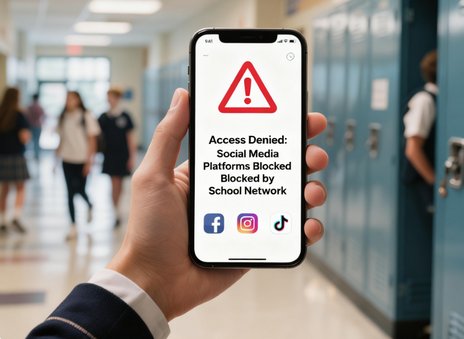
Protecting students from inappropriate content is another big reason for blocking. Adult, gambling, or violent websites are always restricted to make sure students do not access harmful material. Schools want to maintain a safe and positive digital environment.
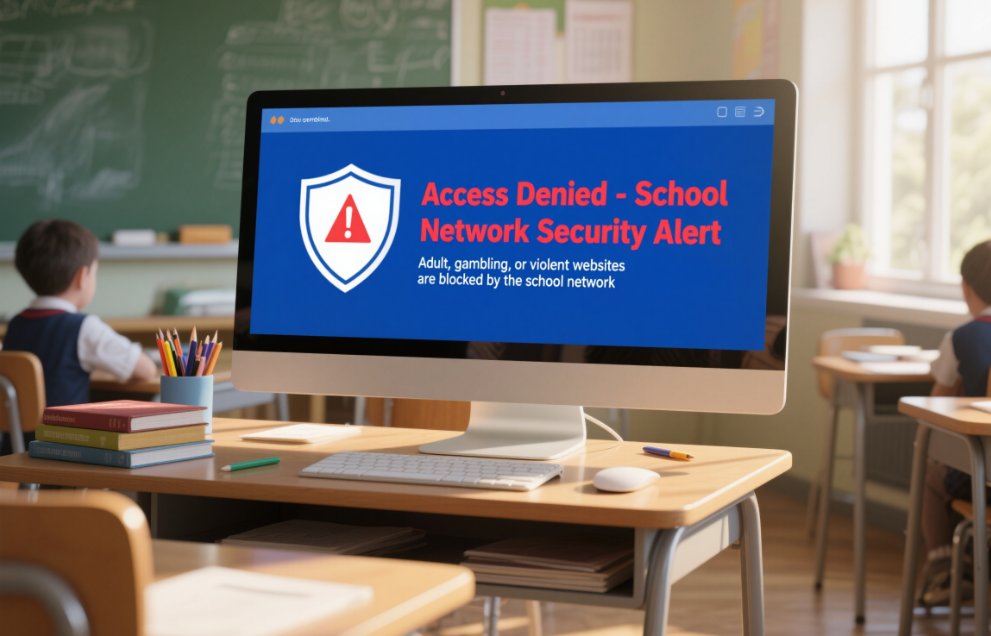
In short, schools block these types of websites to help students stay focused, protect them from harmful content, and ensure that school internet is used mainly for learning purposes. By doing this, schools create a safer and more productive online environment for everyone.
Part 3: How Schools Block Websites
There are schools that use a layered approach to web filtering, which includes different tech for its best result.
1. Firewall Filtering
A firewall acts as a gatekeeper between the school's internal network and the internet. It simply blocks traffic based on IP addresses, domains, or protocols. To protect the students, it might block well-known gaming or adult sites at the network level.
2. DNS Filtering
Likewise, instead of just blocking a website when it loads, DNS filtering stops it at the domain name level. If the student tries to open tiktok.com, the DNS server will check if it is on the block list, then it will deny, and the site will show the "Site Blocked" page.
3. Web Filtering Software
Schools often use special content filtering software. These are the tools that use AI and real-time databases to know the websites to block; they scan text and monitor the search queries of the students.
Moreover, they offer granular control; it blocks only Facebook but enables LinkedIn or allows YouTube during science classes but not during math.
4. Network Login or Device Management Systems
Schools use MDM (mobile device management) tools like Google Admin Console or Apple School Manager. These enforce policies directly to each student’s device, whether it is on campus or at home.
Even if a student uses their own wifi, it will apply to that as well.
5. Browser Extensions and Restrictions
Some schools install browser extensions that enable safe search and block unwanted apps and websites. Chromebooks, for instance, use Kiosk Mode when preventing students from changing browser configurations.
6. Blocking VPNs and Proxies
Tech-savvy students sometimes try to filter using VPNs and other web proxies to unblock the games or some websites. Schools actively block known proxy domains and monitor traffic encrypted tunneling. In fact, some use even deeper packet inspection to detect hidden VPN use.
Part 4: How Parents Can Block Websites at Home
While school is not a safe haven for students using all the internet, digital safety doesn’t stop outside the schools either. At home children may face the same risks from the internet, or even greater ones without proper supervision. That’s where AirDroid Parental Control comes in.
AirDroid Parental Control is one of the most powerful tools that is user-friendly and enables parents to monitor, manage, and protect their children’s digital lives on both Android and iOS devices.
- Custom Web Filters: Set up blacklists to block harmful websites and apps, or create a whitelist to ensure your child only accesses parent-approved content.
- Real-time Alerts: Receive instant notifications on your phone if your child tries to access inappropriate content, allowing you to intervene immediately.
- App & Screen Time Control: Easily schedule screen time and set daily limits for specific apps to prevent overuse and ensure a healthy digital balance.
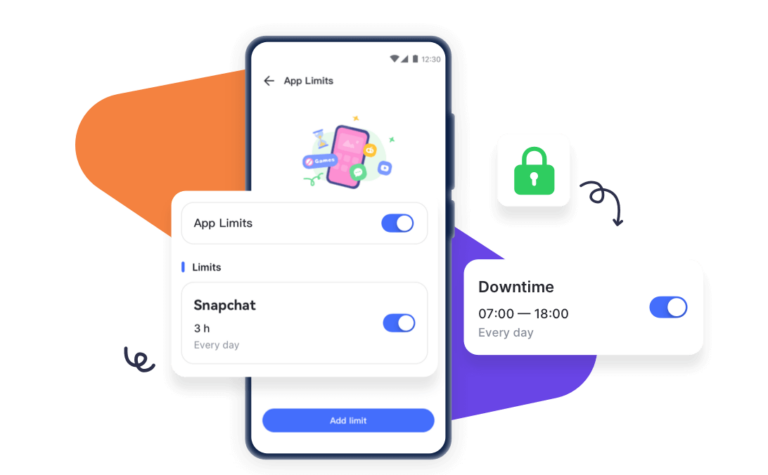
At school it relies on network-based wide filters, while AirDroid works directly on the child’s device. You can even approve temporary access when your child needs a blocked app for homework.
Conclusion
Schools block websites not to restrict freedom but to create a safer environment so they can focus on their studies and on something productive. Saving them from explicit content and preventing cyberattacks is important not only at school but at home as well.
At home you can use AirDroid. With parental control, parents can reinforce these boundaries at home, making sure their children navigate the online world responsibly, safely, and with purpose.
FAQs



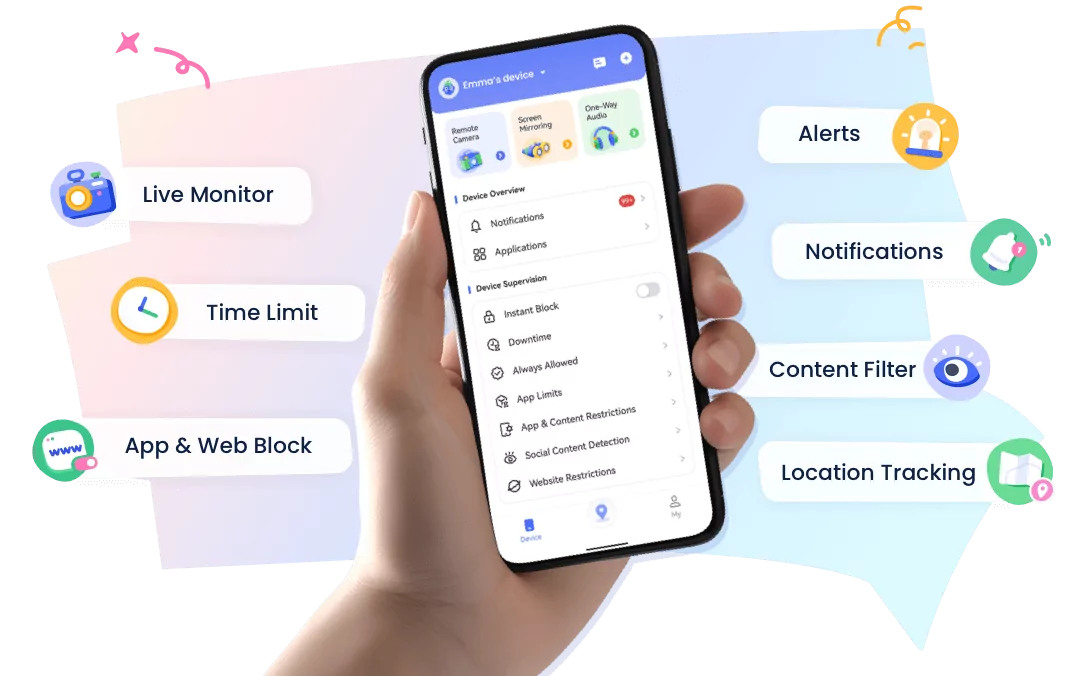






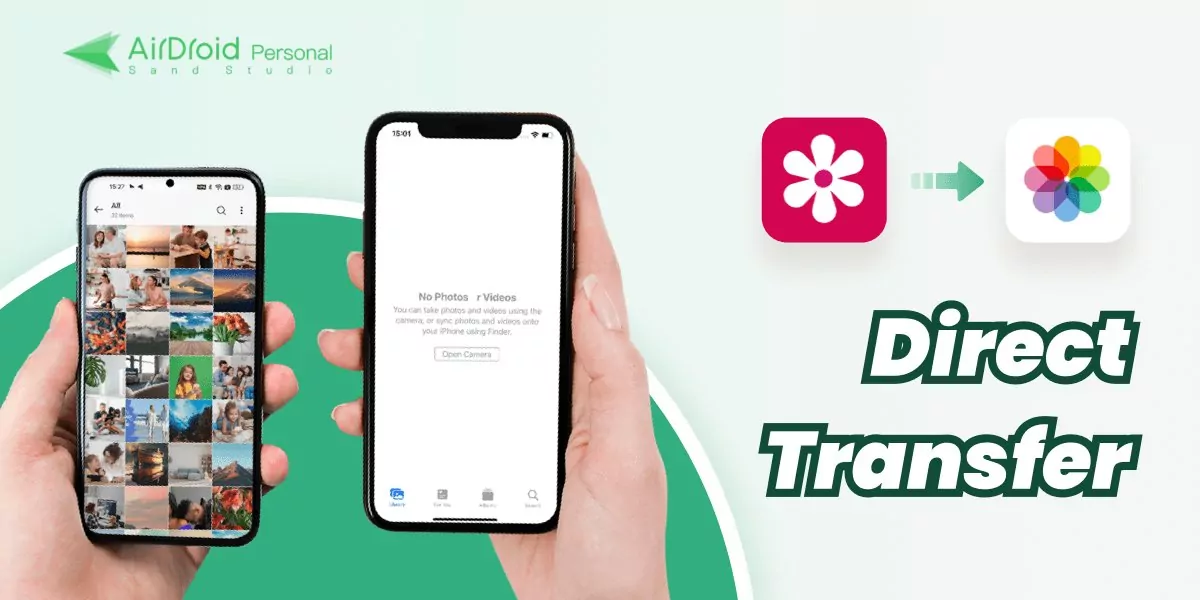
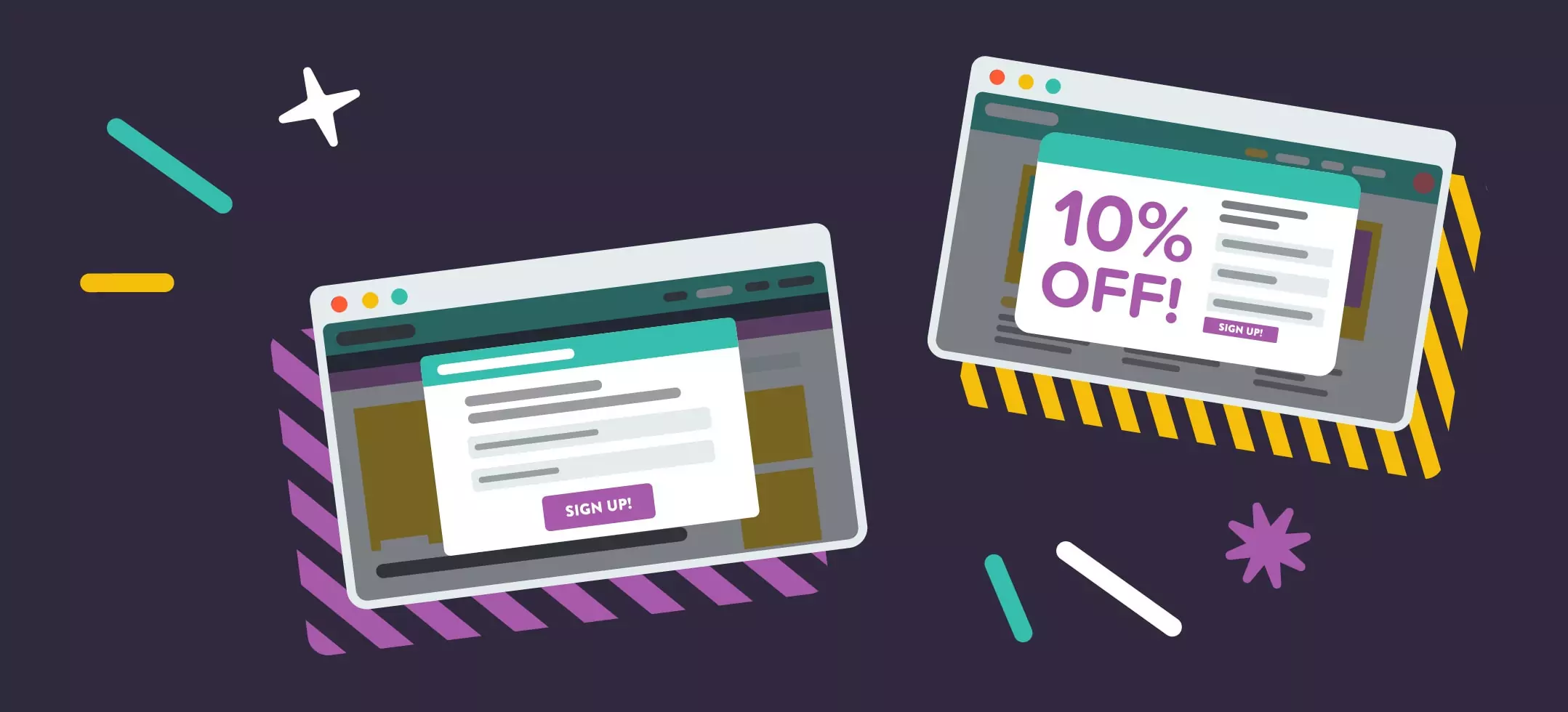


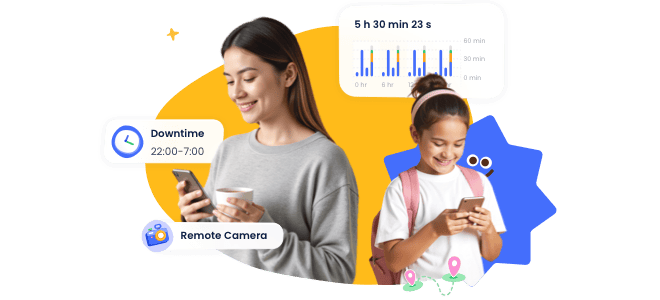

Leave a Reply.